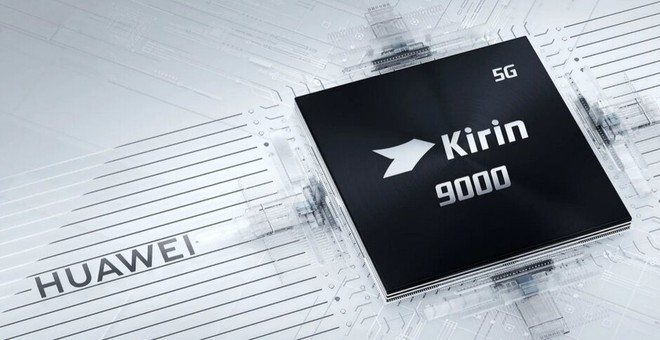Avoiding the US ban, Huawei will manufacture chips on its own
- Tram Ho
A new report by the Financial Times shows that Huawei is planning to escape sanctions from the US government: building its own chip factory without US technology in Shanghai. This plant will help Huawei secure the supply of chips needed for its telecom infrastructure business against US government sanctions.
Two FT sources said the plant will be operated by their partner, the Shanghai IC R&D Center, a chip research company backed by the Shanghai city government. However, the lack of American technology also means the factory will have to go years behind in technology compared to leaders like TSMC and Samsung.

The factory will initially experiment with low-end 45nm chips, a 15-year-old technological process.
However, Huawei is aiming to make 28nm chips by the end of next year, according to people close to the project. This chip process will allow Huawei to make IoT devices – smart TVs or other IoT devices.
By the end of 2022, Huawei will be able to make 20nm chips. These process chips will allow them to build chipsets for 5G core stations – a key component of their telecom infrastructure business.
While these chips are not ideal for their telecom business, as well as high manufacturing costs and inefficiencies in the absence of American technologies, they are essential for the future. According to FT, their chip stocks from the end of last year are running low.
” They can do it, maybe within two years, ” said Mark Li, a semiconductor analyst at Bernstein in Hong Kong. He added that although the most ideal for Huawei base stations in telecom networks are 14nm chips or higher-end processes, 28nm chips are also possible.
According to Li, “such a plant will most likely operate on a combination of equipment from Chinese suppliers such as AMEC and Naura, along with some foreign tools they find. on the market. ”

Don’t expect the factory to create chipsets that can compete for Huawei’s smartphone business, at least in the next 2-3 years, at least.
Currently, to catch up with rivals like Samsung and iPhone, Huawei is equipping Kirin 9000 processor to the flagship Mate 40 series. These processors are built on 5nm process – a dream too far for reach. compared with factory in Shanghai. Even Huawei’s mid-range chips are manufactured on 14nm – something the factory won’t be able to achieve within the next two years.
Based on the rumored current roadmap, Huawei will probably only be able to produce chipsets that can compete with today’s smartphones in about 10 years. Apparently this factory is not an immediate solution for Huawei, it is more like a long-term investment.
Both Huawei and ICRD declined to comment on the chip factory.
Refer to Android Authority
Source : Genk
